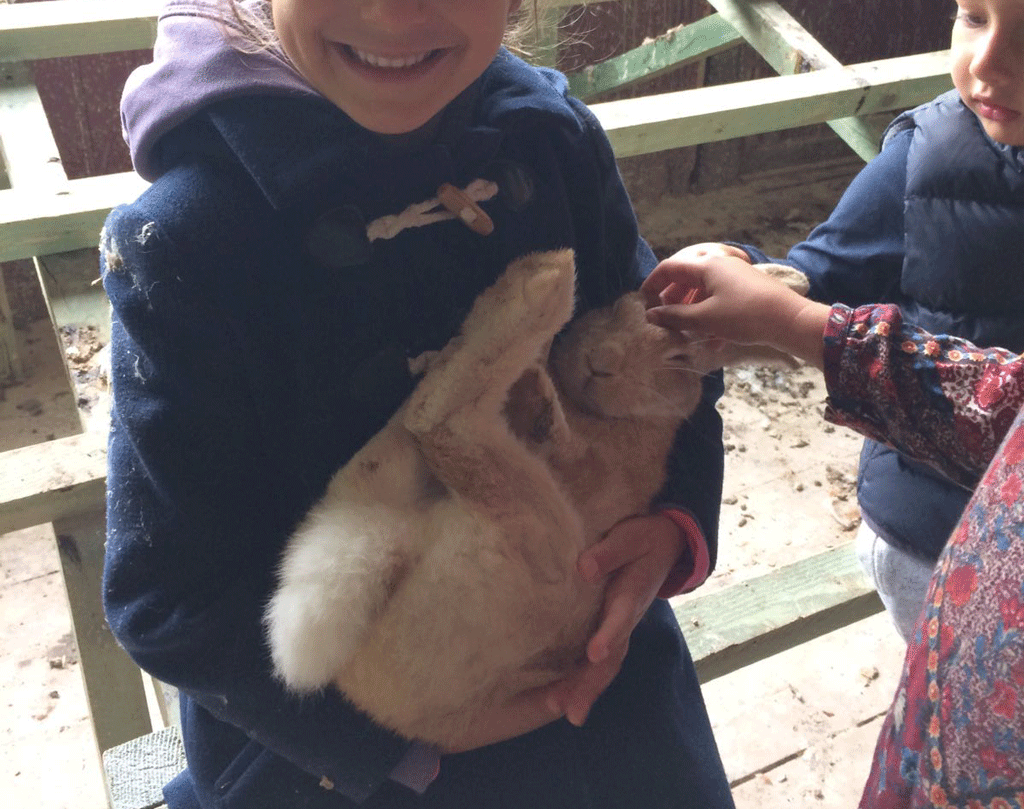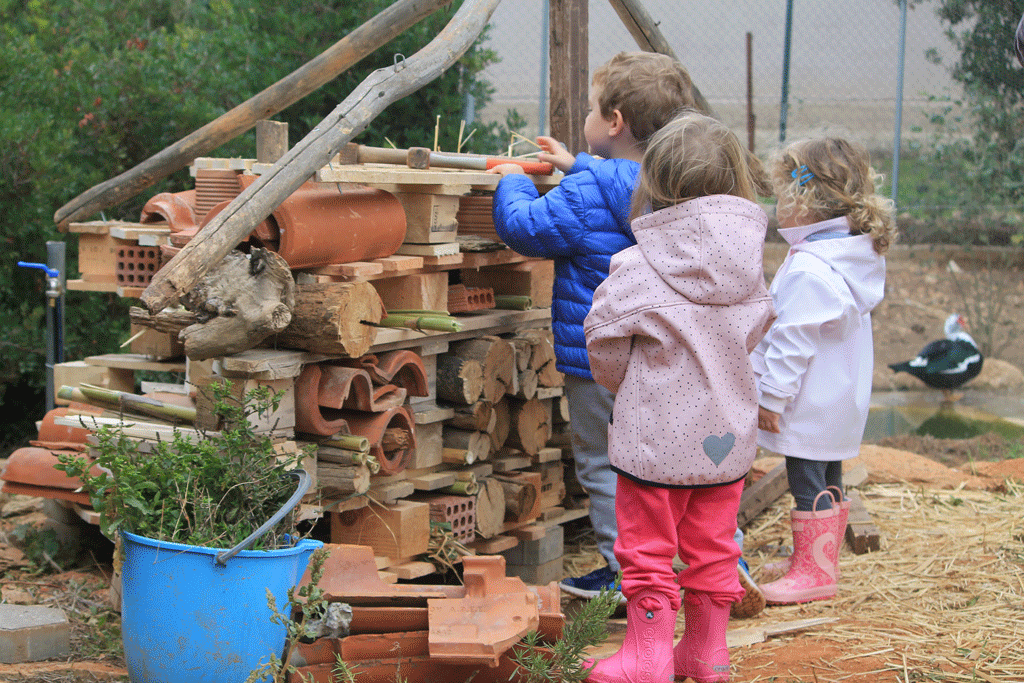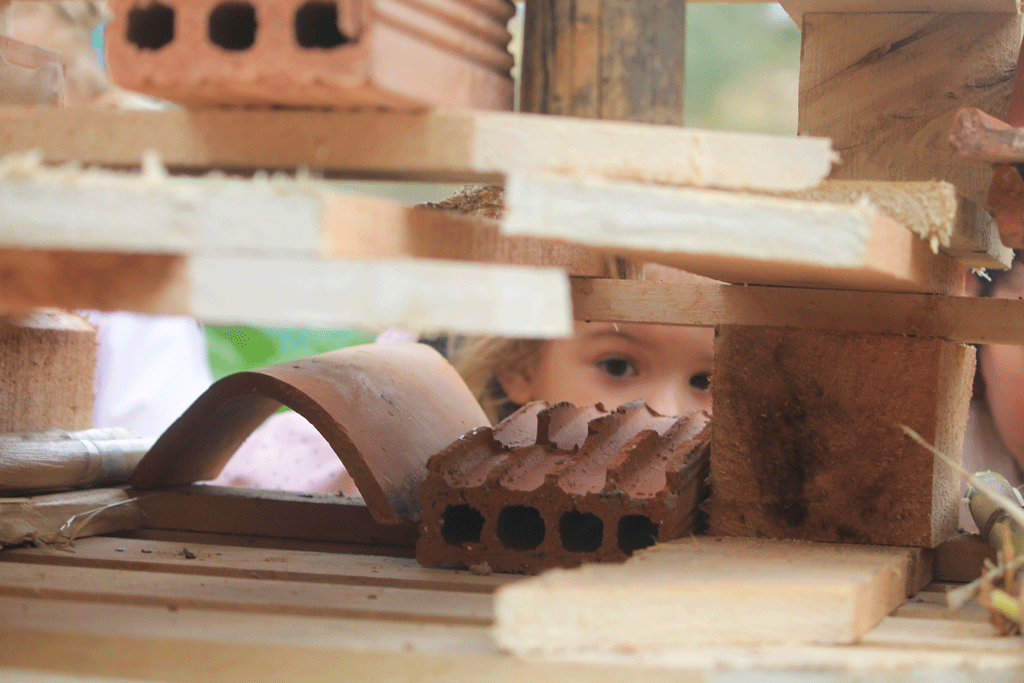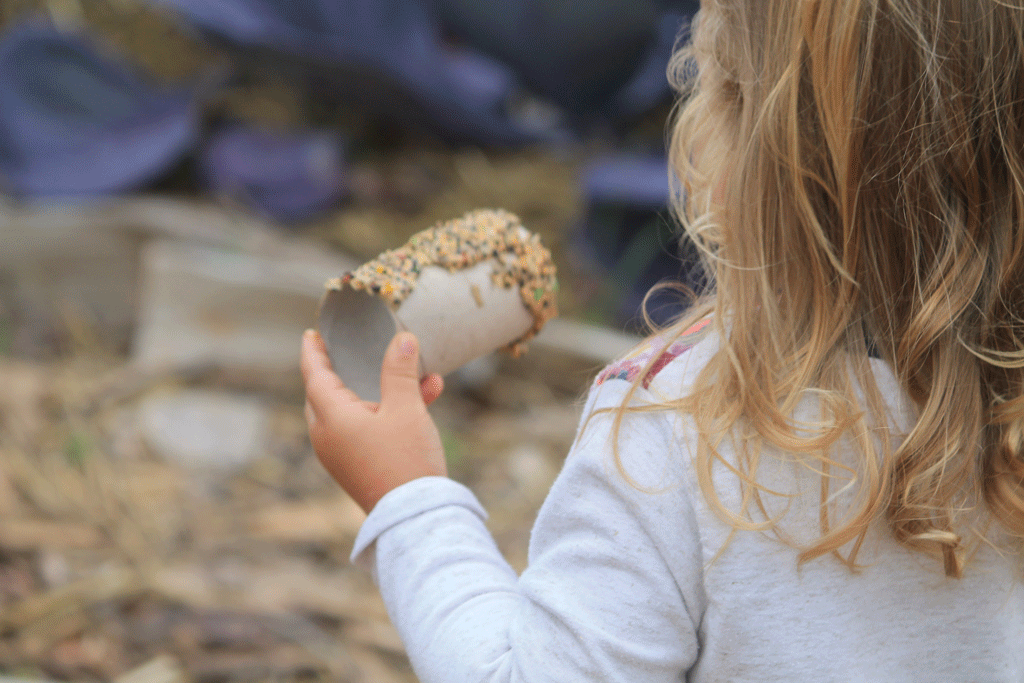Predator and Prey: teaching empathy
- Natalia Kokotou
- Nov 16, 2016
- 3 min read

The latest additions to our menagerie are two female rabbits. The idea was to have some animals that the children could care for and cuddle. Up until now, we have had endless time in the chicken coop, feeding the hens, collecting their eggs, lining the nesting boxes with fresh straw and - for a few brave ones - some warm feathery cuddles. The ponies are great for grooming and patting and riding on. However, they are too unpredictable and cumbersome for the children to really be at ease with.
The rabbits would be easier for the children to bond with and a better size for them to handle: not too big to pose a danger to the children, not too small to pose a danger to the animals themselves. So far, it hasn’t really worked out like that.
For one thing, the rabbits are prey animals and see the children as predators. They scamper off as soon as anyone approaches. On the other hand, they have good cause to be afraid as our beloved and otherwise very gentle dog, Daisy, is intent on catching them.
On the children’s first encounter with the rabbits we ended up chasing the rabbits around the pen trying to catch them. Caught up in the absurdity of the moment, we thought it was funny and possibly even educational for the children to see us try and fail to catch a rabbit. However, we soon realised we were passing on a far more sinister message: that it’s OK to terrify another creature for our own enjoyment. A week later, we got a taste of our own medicine. Daisy the dog, managed to get into the rabbit enclosure. The dog tore round the yard after the rabbit and two adults chased after the dog. Daisy managed to catch the rabbit by the leg, but, luckily, she was caught in time, the rabbit was released and peace was restored.
Having seen nature in action, none of us thought again of chasing the rabbits for sport.
On the farm, we have recently been introduced to permaculture and have been setting up our vegetable garden according to its principles. Therefore, everything has its place and all creatures are welcome as nature will find its balance.
The ponies provide manure, the chickens and rabbits too, as well as active composting. But what about all the insects, won’t they ruin the garden?
So this week has been all about insects. We built an insect hotel for all our garden guests.
On Monday the children arrived to find the main structure in place and with remarks such as “this bit of wood is the bedroom”, “now I’ll put in the living room and then the kitchen”, let’s make them a cinema and a playground”… they have been filling in the gaps. Using tiles, perforated bricks, bamboo sticks, straw, sticks and stones of all shapes and sizes they have created ideal nesting places for a variety of garden friends. Chiefly, garden friends are predators of garden foe, from aphid-eating ladybirds, to caterpillar-chomping wasps, to the snail-scoffing song- thrush, we begin to understand predator-prey cycles and how important it is to maintain that balance. The highlight has been the attic where we hope to attract some birds. The children used old toilet rolls dipped in sticky peanut butter and then rolled in seeds, making a bird-feeder. They placed them in the hollow roof and now await their customers.
Back at the hut, the children jump into their ship, the empty grape press. (see this post on the old grape press)
One of the teachers begins to circle them pretending to be a shark, any dawdlers scamper to safety and scramble in. They are fishermen at sea and they shout to the shark to go away, but as it approaches a little boy shouts “come, I have some fish for you” and the others join in throwing imaginary fish overboard. The shark is grateful and drifts off happily, the fishermen get back to their work.


























Comments